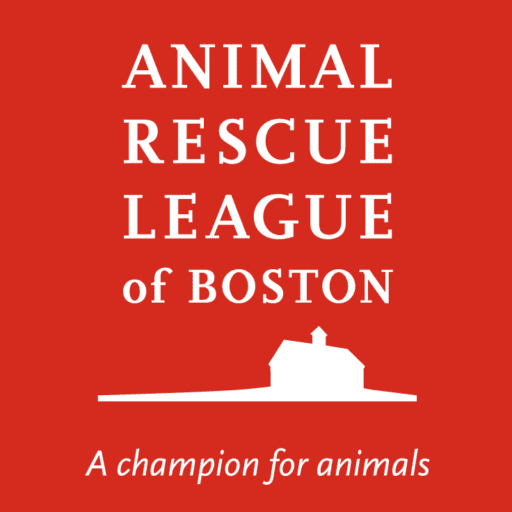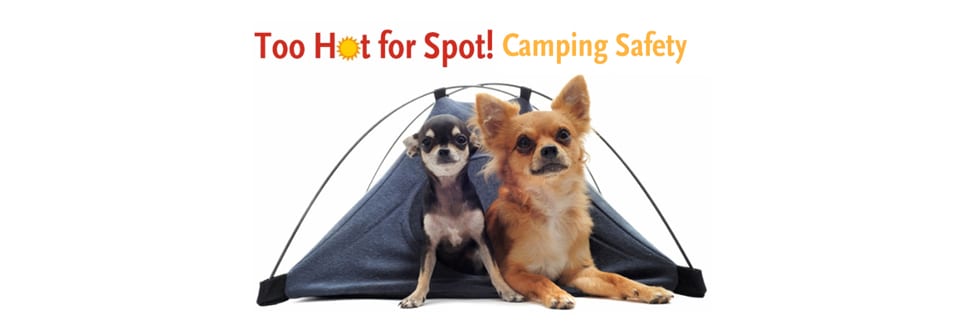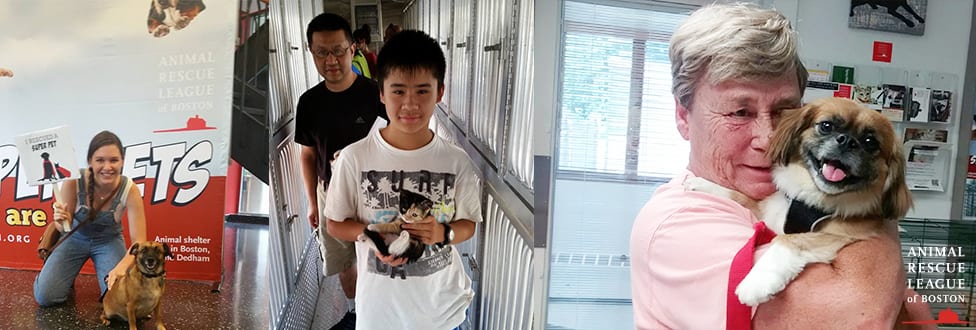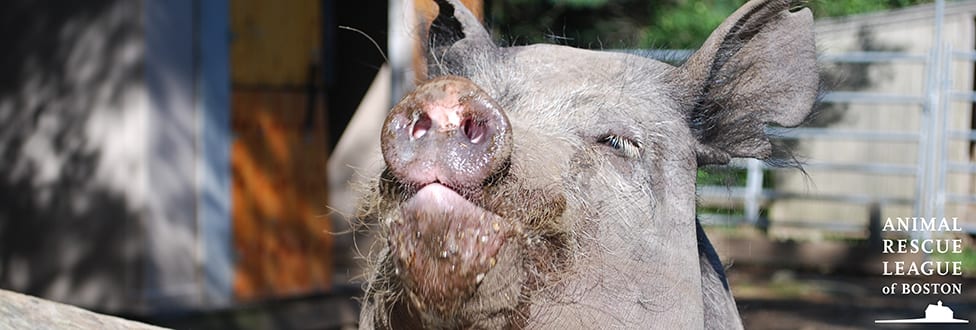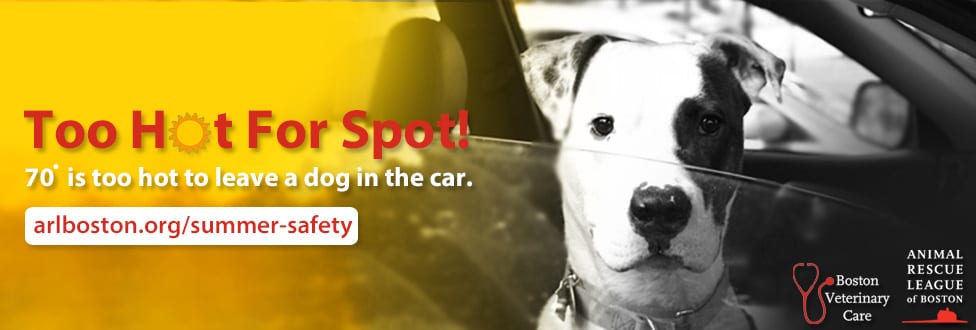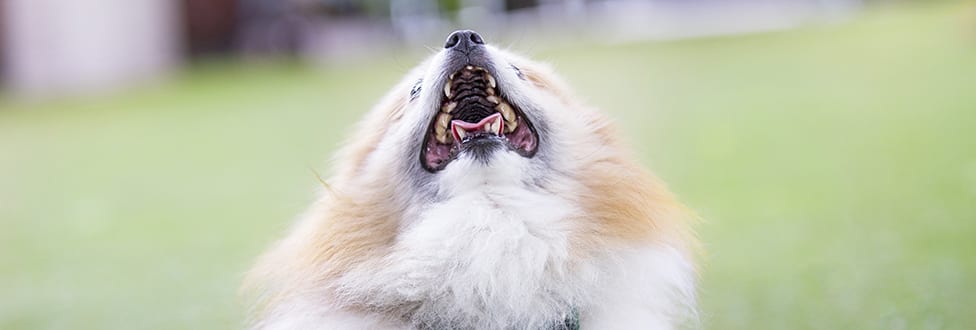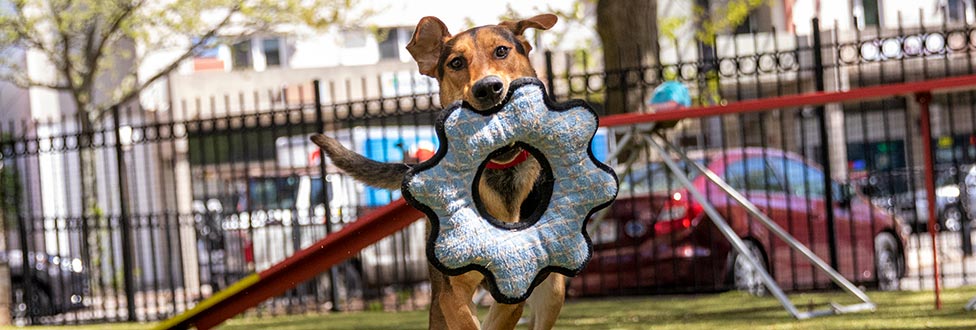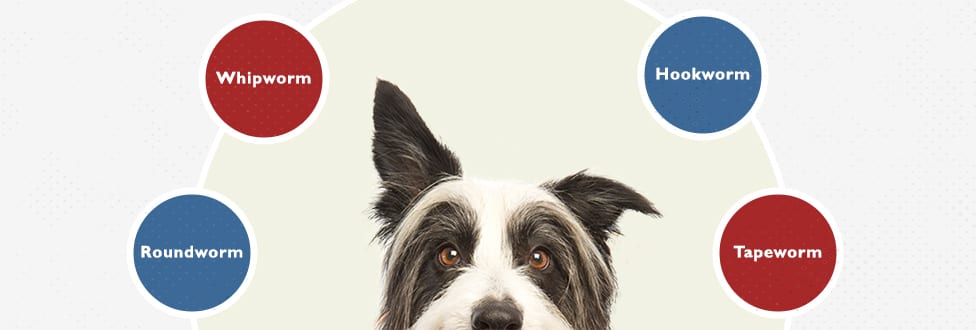September is Champions Circle Month
Become a Champion for animals – join the Circle!
The Animal Rescue League of Boston is celebrating our Champions all month long! In honor of our monthly donors and their ongoing support, the ARL has named September “Champions Circle Month”!
Our community of caring monthly givers provide the critical support needed to rescue animals from suffering, cruelty, abandonment and neglect ALL YEAR LONG.
In 2014, over 15,000 animals received the help and care they needed with the support of Champions. THANK YOU to our current Champions Circle members and friends for your loyal support!
Not yet a member? Learn more about joining ARL’s Champions Circle and helping animals in need now…
What is the Champions Circle? The Champions Circle is a dedicated community of monthly givers who support shelter animals all year long as recurring donors.
Monthly giving is a convenient, affordable, and efficient way to provide help where it’s most needed. Our members like it because they are able to give more when their donations are spread out into smaller increments.
How will my recurring gift help shelter animals? 80% of ARL’s funding comes in during the last quarter of the year- and most of that during the last 2 weeks in December.
Because animals in our shelters and our community need immediate help every day, having monthly financial support from Champions Circle donors ensures we can respond with care and assistance when and where animals need it most.
Your gift will provide year-round support, such as:
- Emergency rescue from cruelty and neglect
- High-quality veterinary care
- Food, shelter, loving attention, and time to play
Are there any other perks? Yes! In exchange for your reliable generosity, all Champions Circle members receive:
- A “behind-the-scenes” guided tour of an ARL shelter to see your gift in action
- Annual giving statements each January for tax purposes
- Great membership gifts*
- *September sign-up BONUS! Join during the month of September to receive a special Champions Circle Frisbee!
Sounds great! How do I sign up? There are several ways to join ARL’s Champions Circle:
- Use our secure online form at arlboston.org/champions
- Call (617) 426-9170 x615 to set up your monthly gift over the phone
To learn more about the Champions Circle, visit arlboston.org/champions
